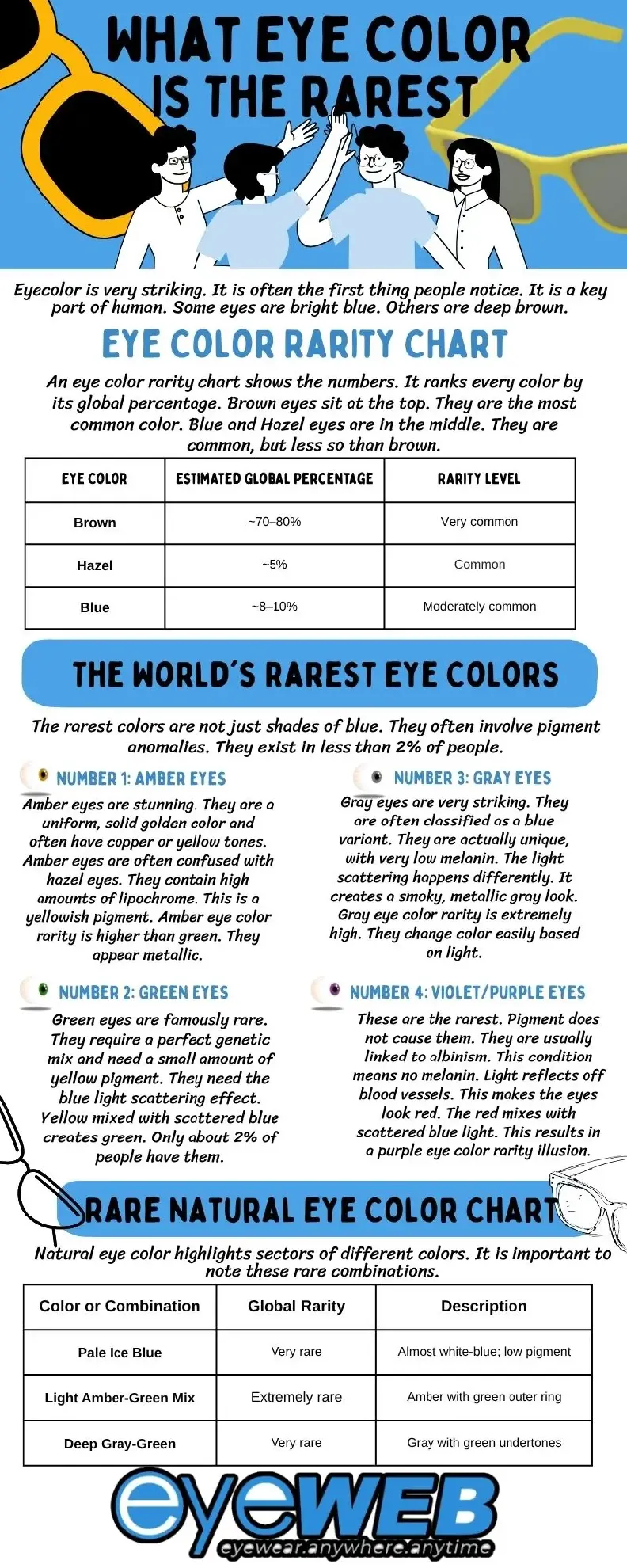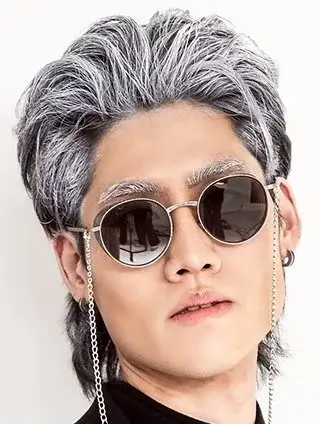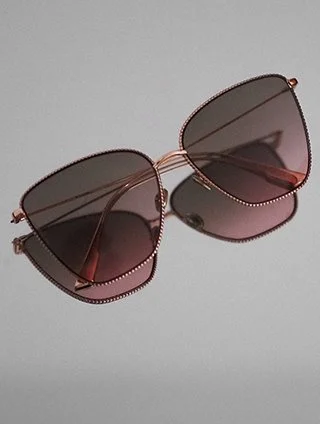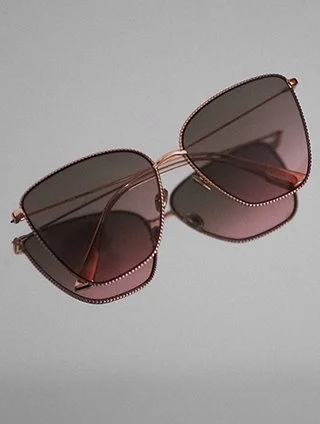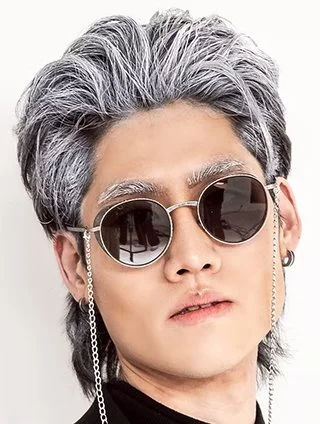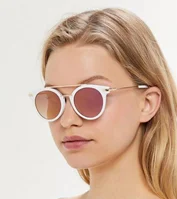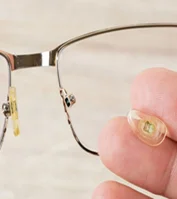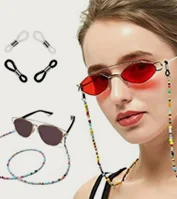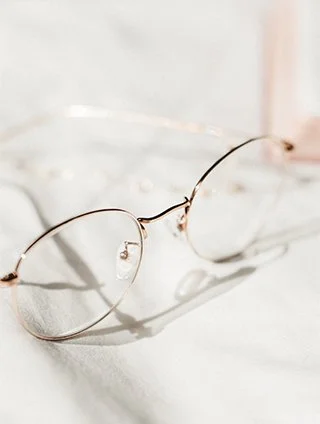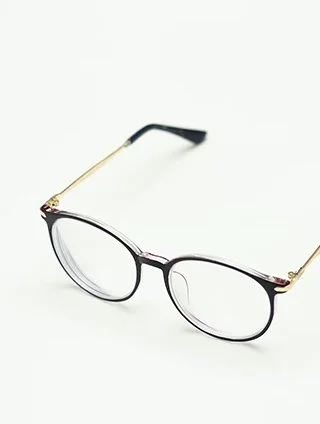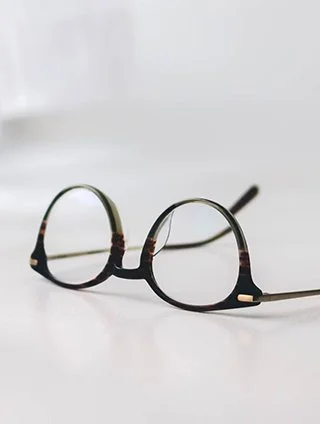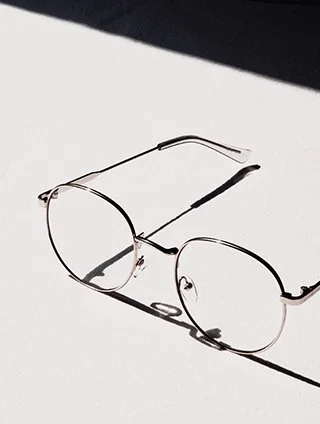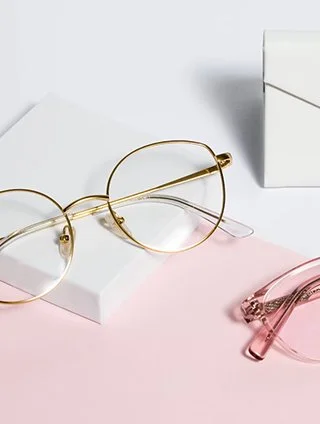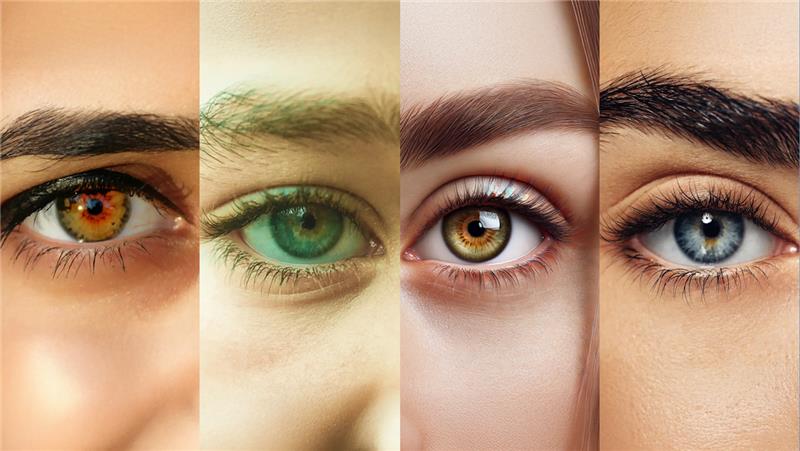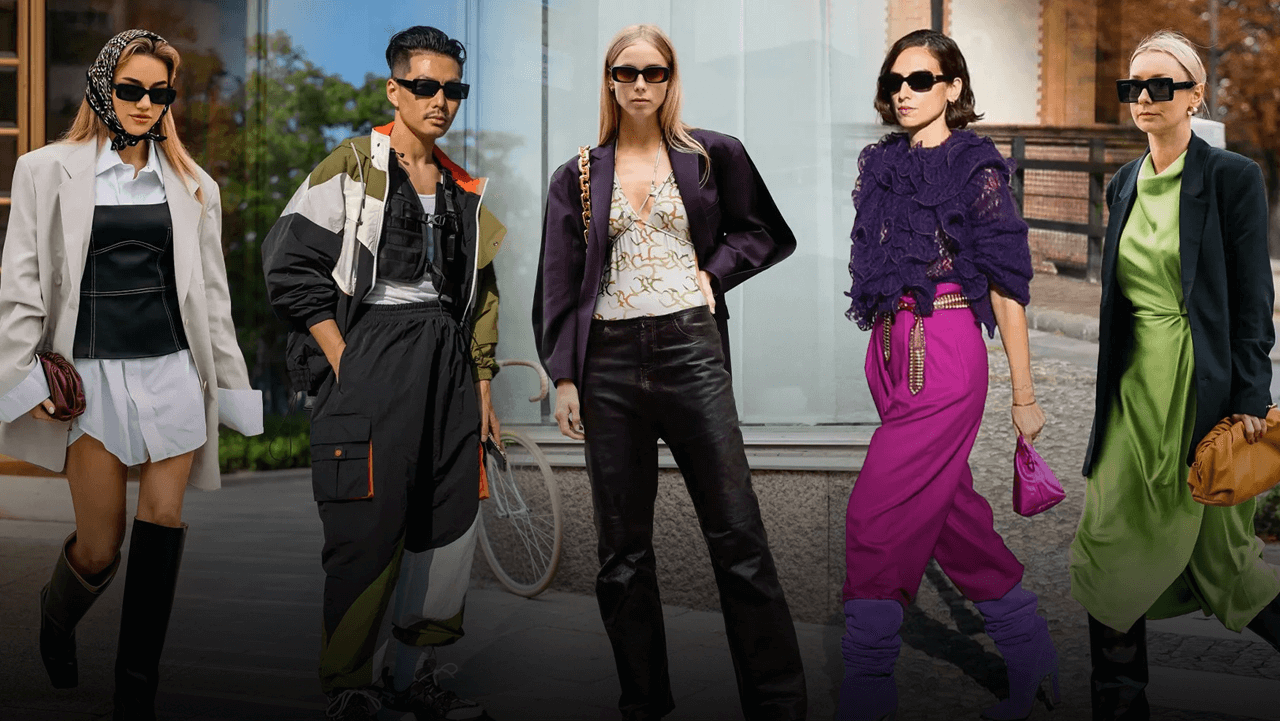Last updated: Wednesday, October 29, 2025
Eye color is very striking. It is often the first thing people notice. It is a key part of human identity. Some eyes are bright blue. Others are deep brown. We all love unique features. This is why rare eye colors are so fascinating. They make a person truly stand out. They are a visible sign of complex genetics. This article explores the rarity of eye colours. We will see which colors are the most uncommon.
Understanding Eye Color Rarity
Eye color is a fascinating trait. It is a visible sign of our unique genetics. Not all colors are equal in number. Some eyes are seen in millions of people. Others are seen in only a few thousand. We need to understand the science of scarcity. This tells us why some colors are so rare globally. Rarity is based on simple statistics. It shows the true global prevalence of eye color.
What Makes an Eye Color Rare?
Rarity depends on melanin. Melanin is the only pigment in the human iris. High melanin means the eyes are dark. Brown eyes have the most melanin. Low melanin means the eyes are light. Rarity comes from having very little pigment. It also comes from how light behaves.
Blue and green colors are structural. They are created by light scattering. Light scatters off the collagen fibers. The color depends on the amount of melanin present. Rare eye colors are the hardest to produce genetically. They require a perfect, uncommon genetic sequence. Sometimes, a color is rare because of a gene mutation. This mutation stops pigment production.
Eye Color Rarity Chart
An eye color rarity chart shows the numbers. It ranks every color by its global percentage. Brown eyes sit at the top. They are the most common color. Blue and Hazel eyes are in the middle. They are common, but less so than brown.
The truly rare colors are at the bottom. Green eyes are about 2%. Gray and Amber eyes are even lower. The chart visually proves their scarcity. It highlights why finding them is so unusual. It confirms that some colors are very hard to find.
Eye Color | Estimated Global Percentage | Rarity Level |
Brown | ~70–80% | Very common |
Hazel | ~5% | Common |
Blue | ~8–10% | Moderately common |
Green | ~2% | Rare |
Gray | ~1% | Very rare |
Amber | ~0.5% | Extremely rare |
Violet / Red (albinism-related) | <0.1% | Exceptionally rare |
True Black (very dark brown) | <1% | Very rare |
The Eye Color Rarity Codes
Researchers use specific codes. These codes help track unique shades. They classify colors for genetic studies. The codes refer to specific spots on the eye color spectrum.
For instance, A10 eye color rarity and A30 eye color rarity might refer to light blue and dark blue. C20 eye color rarity and C40 eye color rarity might track different types of blue-green eyes.
Codes like D10 eye color rarity or D40 eye color rarity likely point to shades of gray or light brown. D34 eye color rarity and D60 eye color rarity track more unusual, specific shades.
The codes with a 'T' often signify rare color patterns. T07 eye color rarity, T10 eye color rarity, and T50 eye color rarity could reference unique streaks or combinations. These specific codes show how detailed the study of eye color can be. They confirm that even small variations are being recorded.
The World's Rarest Eye Colors
This part ranks the most uncommon colors. It shows the absolute global rarity.
Ranking the Top 5 Rarest Eye Colors
The rarest colors are not just shades of blue. They often involve pigment anomalies. They exist in less than 2% of people. The true rarest colors are very hard to find.
Amber Eyes
Amber eyes are stunning. They are a uniform, solid golden color and often have copper or yellow tones. Amber eyes are often confused with hazel eyes. They contain high amounts of lipochrome. This is a yellowish pigment. Amber eye color rarity is higher than green. They appear metallic.
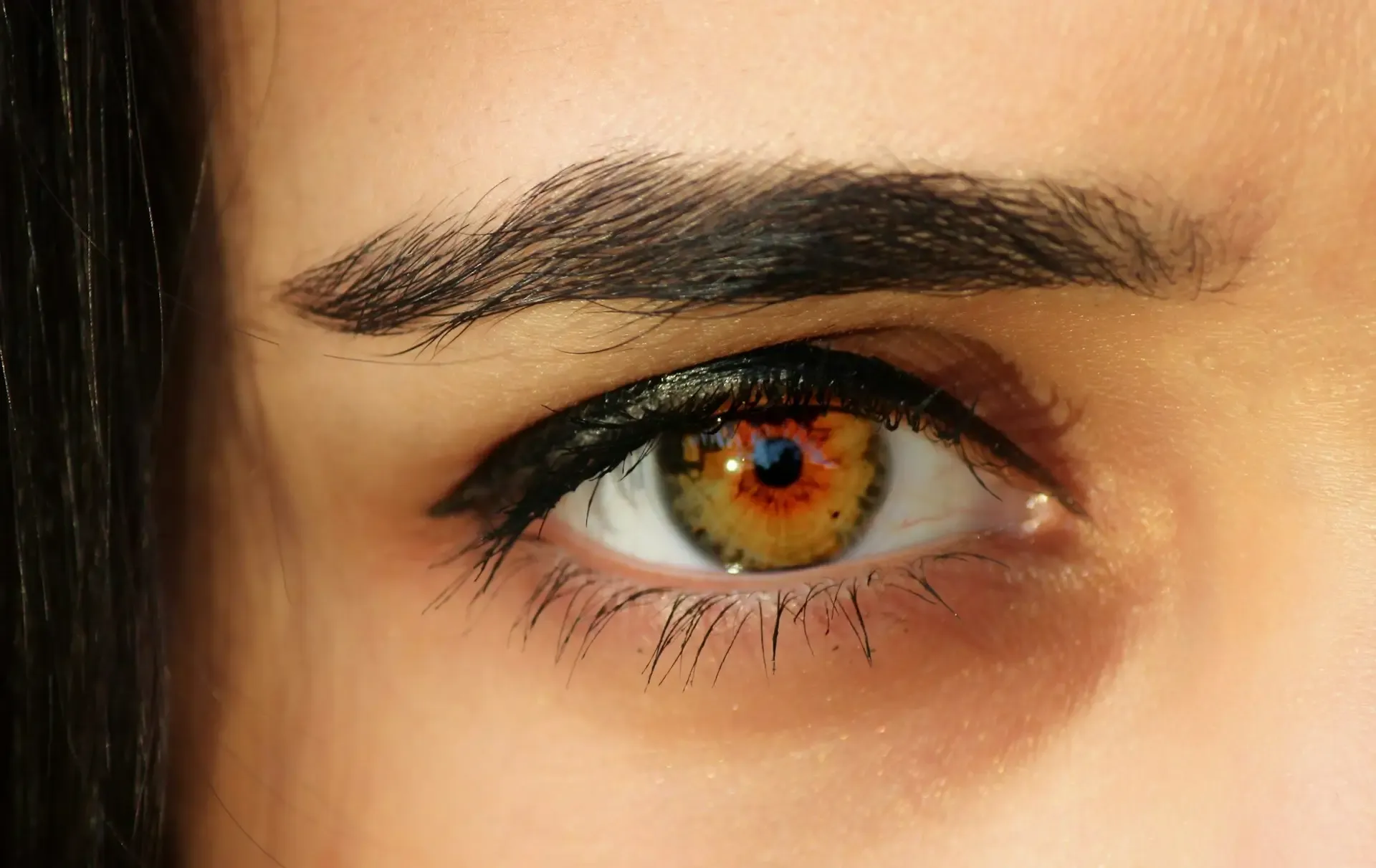
Gray Eyes
Gray eyes are very striking. They are often classified as a blue variant. They are actually unique, with very low melanin. The light scattering happens differently. It creates a smoky, metallic gray look. Gray eye color rarity is extremely high. They change color easily based on light.
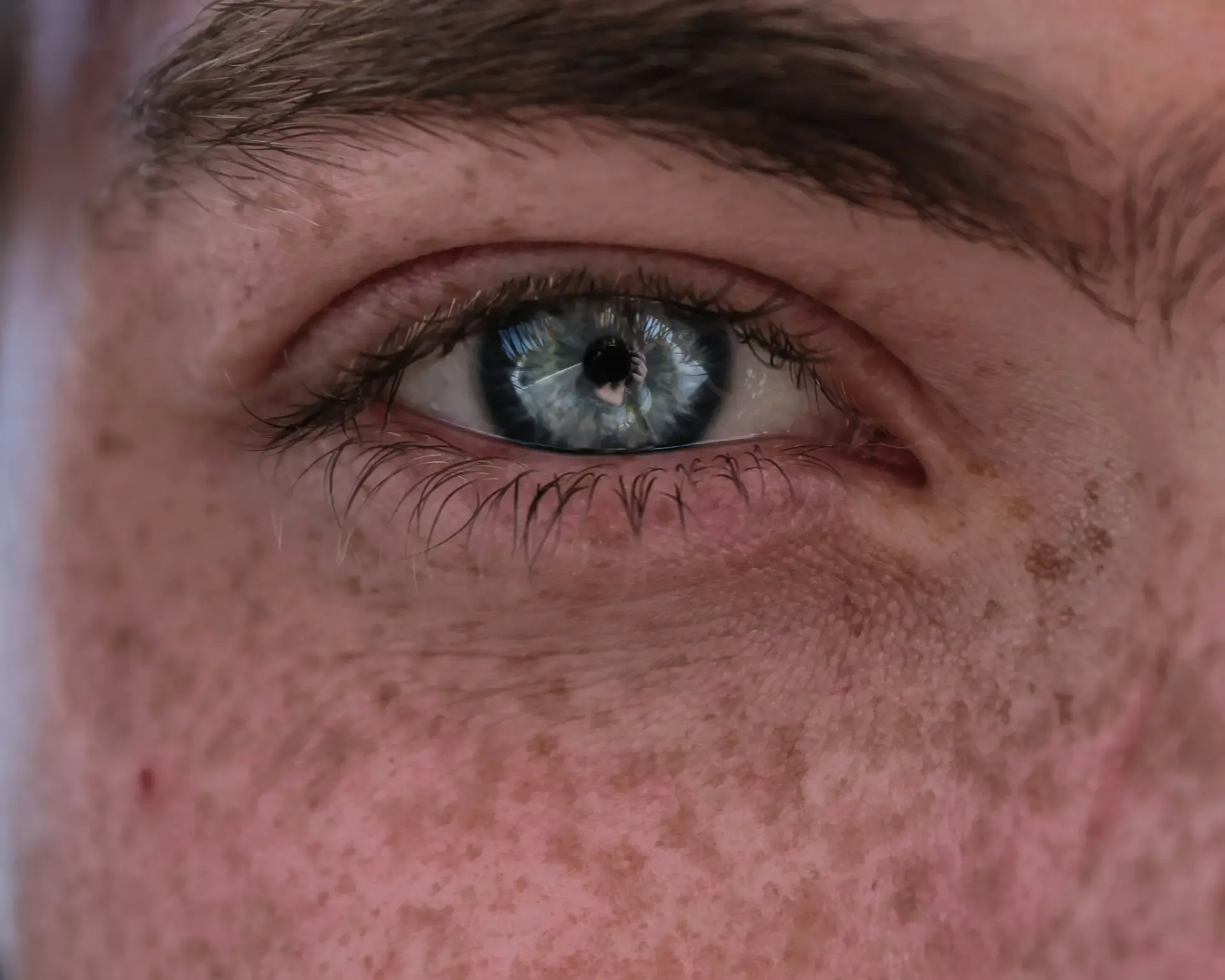
Green Eyes
Green eyes are famously rare. They require a perfect genetic mix and need a small amount of yellow pigment. They need the blue light scattering effect. Yellow mixed with scattered blue creates green. Only about 2% of people have them.
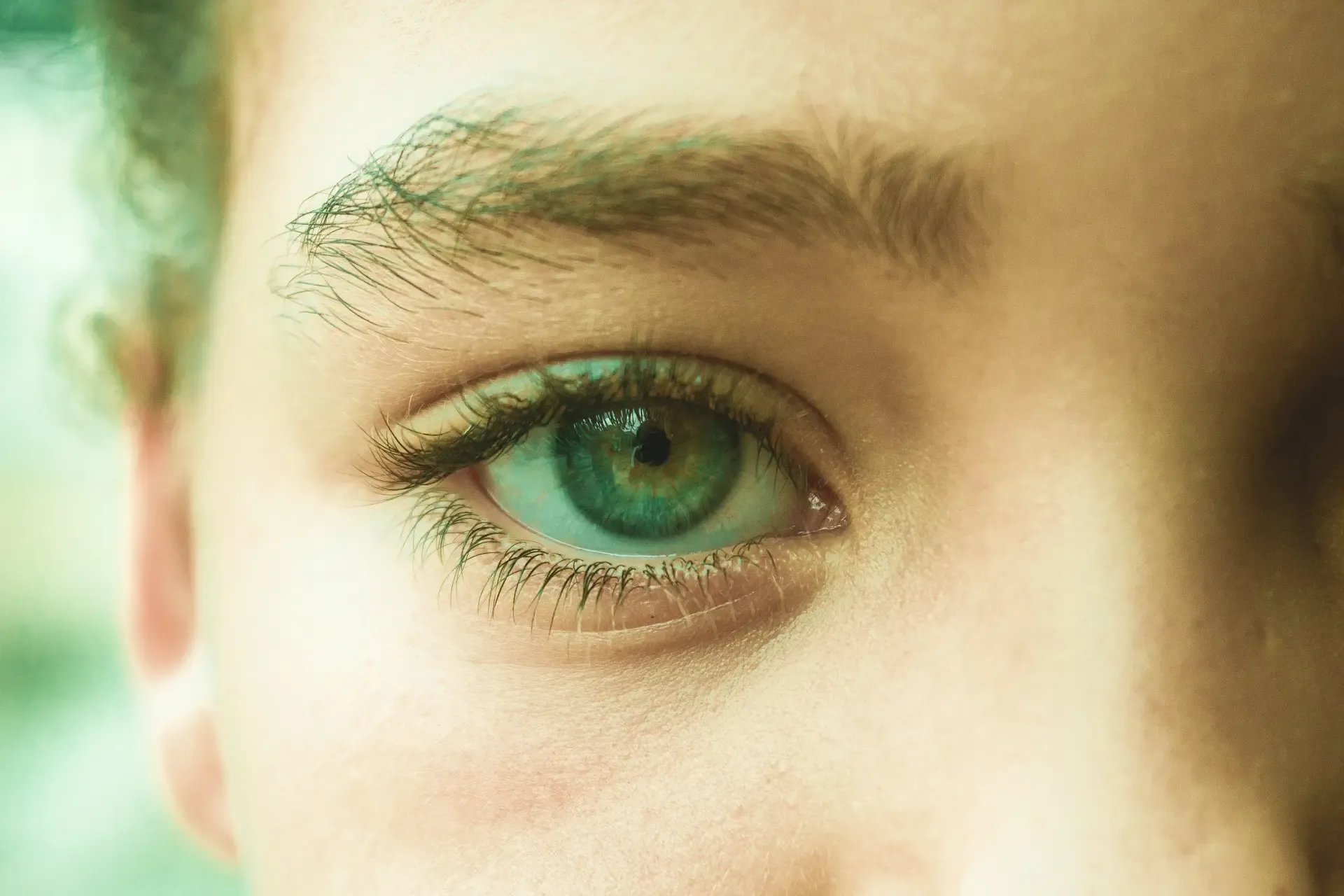
Violet/Purple Eyes
These are the rarest. Pigment does not cause them. They are usually linked to albinism. This condition means no melanin. Light reflects off blood vessels. This makes the eyes look red. The red mixes with scattered blue light. This results in a purple eye color rarity illusion.
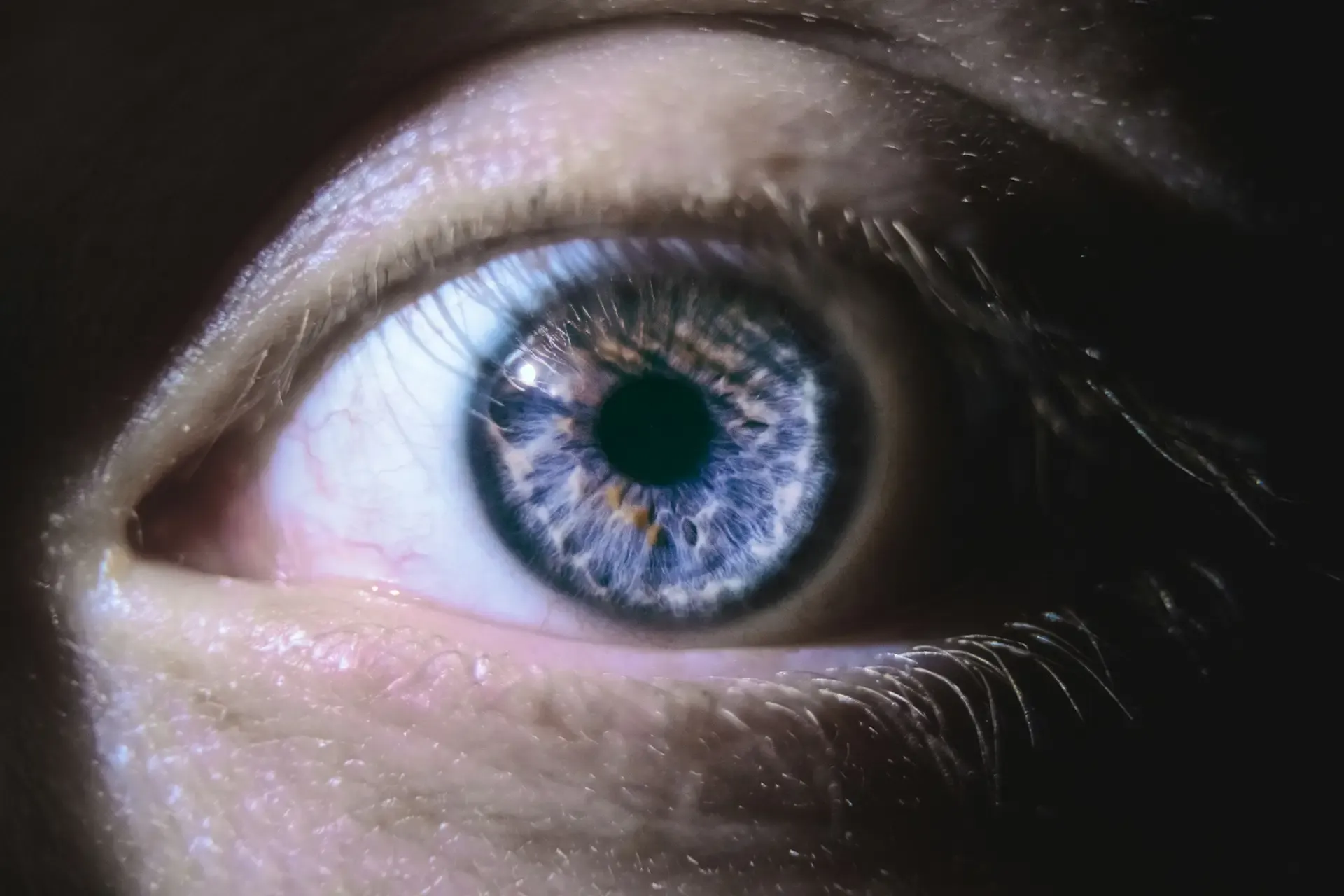
Black (True Black) Eyes
True black eyes do not exist. They are actually very dark brown. The melanin level is extremely high because the iris blends into the pupil. The eyes absorb almost all light. This makes them appear black. They are optically very rare.
What Eye Color Is the Rarest in the World (2025 Edition)?
As of 2025, amber remains the rarest natural eye color in humans. Globally, it occurs in about 0.5% of people. Purple and red eyes are also rare but tend to be linked with albinism or other genetic disorders, as opposed to being targeted by inheritance.
Brown and green eyes are closely behind, with a percentage of one to two percent of the population having them. These figures are rather regionally different, but amber always comes first in rarity.
In 2025, genetic studies also indicate that mixed populations will tend to ease the occurrence of extremely rare eye color, as world travel and intermarriage enhance genetic diversity.
What Eye Color Is 1% of the Population?
Gray eyes constitute about one percent of the world population. They are between blue and green but possess peculiar reflective features. Amber and black eyes are even more rare, and blue and brown predominate in the world.
This 1% estimate highlights how special gray eyes are. They’re not tied to any specific ethnic group, though they’re most often seen in Europe.
What Are the Top 3 Rarest Eye Colors?
When ranked by verified global data:
- Amber Eyes – About 0.5% of people.
- Gray Eyes – Around 1% of people.
- Green Eyes – Roughly 2% of people.
These three colors are the most unusual natural ones. Violet and black are even more rare, yet since both are most commonly associated with lightning or genetic conditions, amber, gray, and green are assumed to be the actual three best natural rarities.
A Comprehensive Analysis of Particular Rare Eye Colors
Every unusual eye color has its history. The interaction of light and pigment makes each shade distinct. Some hues are genetic miracles. Others come from pigment combinations that are rarely repeated. Let’s look closely at the features and science behind these exceptional colors.
Rare Amber Eye Colors
Amber eye color rarity is high. They are often miscategorized. People confuse them with hazel. Hazel has multiple colors. Amber is a solid, uniform hue. The pigment lipochrome causes it. It looks like liquid gold. How rare are amber eyes? They are very uncommon, less than 2%. They are found more often in people of Spanish, South American, or Asian descent.
Gray Rare Eye Colors
Gray eye color rarity is striking and extremely short. They lack almost all melanin. The structure of the iris causes the color. The collagen fibers are very dense. They uniquely scatter light. This creates a smoky, flat gray. They are truly one of the rare eye colors. How rare are grey eyes? They are among the least common natural colors.
Rare Green Eye Colors
Green eye color rarity is well-known. Only 2% of people have green eyes. They are the rarest of the standard colors and most common in Northern Europe. They are heavily linked to Celtic populations. Green eyes need a specific amount of both melanin and light scattering.
Purple (Violet) Eye Color Rarity
Purple eye color rarity is the highest. It is not a true pigment color but a visual effect. It is a result of light mixing. The red blood vessels mix with the eye's minimal scattered blue light. It is beautiful but linked to a genetic condition.
Black Eye Color Rarity
Black eye color rarity is an optical reality. The eyes are not truly black. They are just incredibly dense brown. The lack of contrast makes them look black. They absorb all light. Rare brown eye colors that are almost black are very uncommon.
Rare Hazel Eye Colors
Hazel eye color rarity is lower than that of others. About 5% of people have hazel eyes. They are in the global minority. They are considered rare compared to brown and blue. Hazel eyes are rare and dynamic. They show multiple colors. They change with the light.
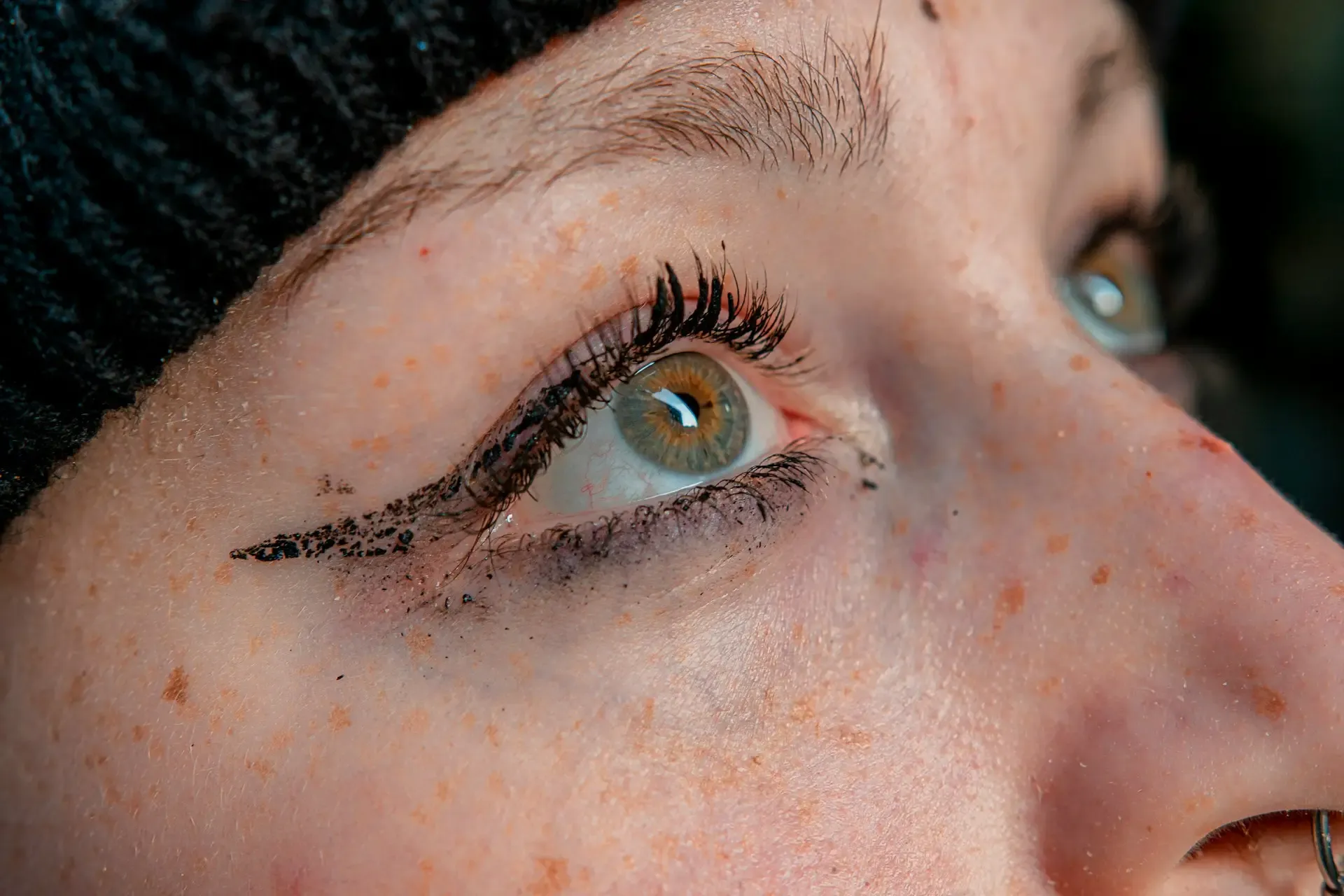
Rare Variations and Unusual Combinations
Some eyes don’t fit into one color group. Combinations of light, pigment, and heredity can produce hues that are nearly impossible to categorize. Unusual mixing of two or more pigments frequently results in these uncommon differences. Let’s explore these unique combinations and their global rarity.
Rare Blue Eye Colors
Most blue eyes look similar. Some have unique patterns. They might have dark blue limbal rings with bright silver streaks. These variations are examples of rare blue eye colors. They are genetically beautiful and distinct.
Rare Brown Eye Colors
Brown eyes can also be rare. Some are intense, almost orange-brown. Others are incredibly dark. They look like liquid coffee. These distinct shades are rare brown eye colors. They are unique in their depth and tone.
Rare Green, Hazel, and Amber Combinations
Some people have central green rare central heterochromia. This means a green ring is around the pupil. They might have a mixed hazel-amber pattern. These unique patterns are rare, and different eye colors. They combine colors in uncommon ways. They are genetically complex.
Rare Natural Eye Color Chart
A rare natural eye color chart shows these patterns. It lists unique features and shows uncommon streaks or spots. Natural eye color highlights sectors of different colors. It is important to note these rare combinations.
Color or Combination | Global Rarity | Description |
Pale Ice Blue | Very rare | Almost white-blue; low pigment |
Light Amber-Green Mix | Extremely rare | Amber with green outer ring |
Deep Gray-Green | Very rare | Gray with green undertones |
Hazel-Blue Blend | Rare | Blue flecks inside a hazel base |
Red/Violet (Albinism) | Exceptionally rare | No pigment; blood reflection |
Black (True) | Very rare | Deep melanin saturation |
The Rarity of Heterochromia: Two Different Eye Colors
Some people have two different colored eyes or patterns within one iris. This condition is called heterochromia. It’s one of the rarest and most visually striking traits in humans. It occurs because of genetics, mutation, or sometimes after injury or illness, but it’s harmless in most cases.
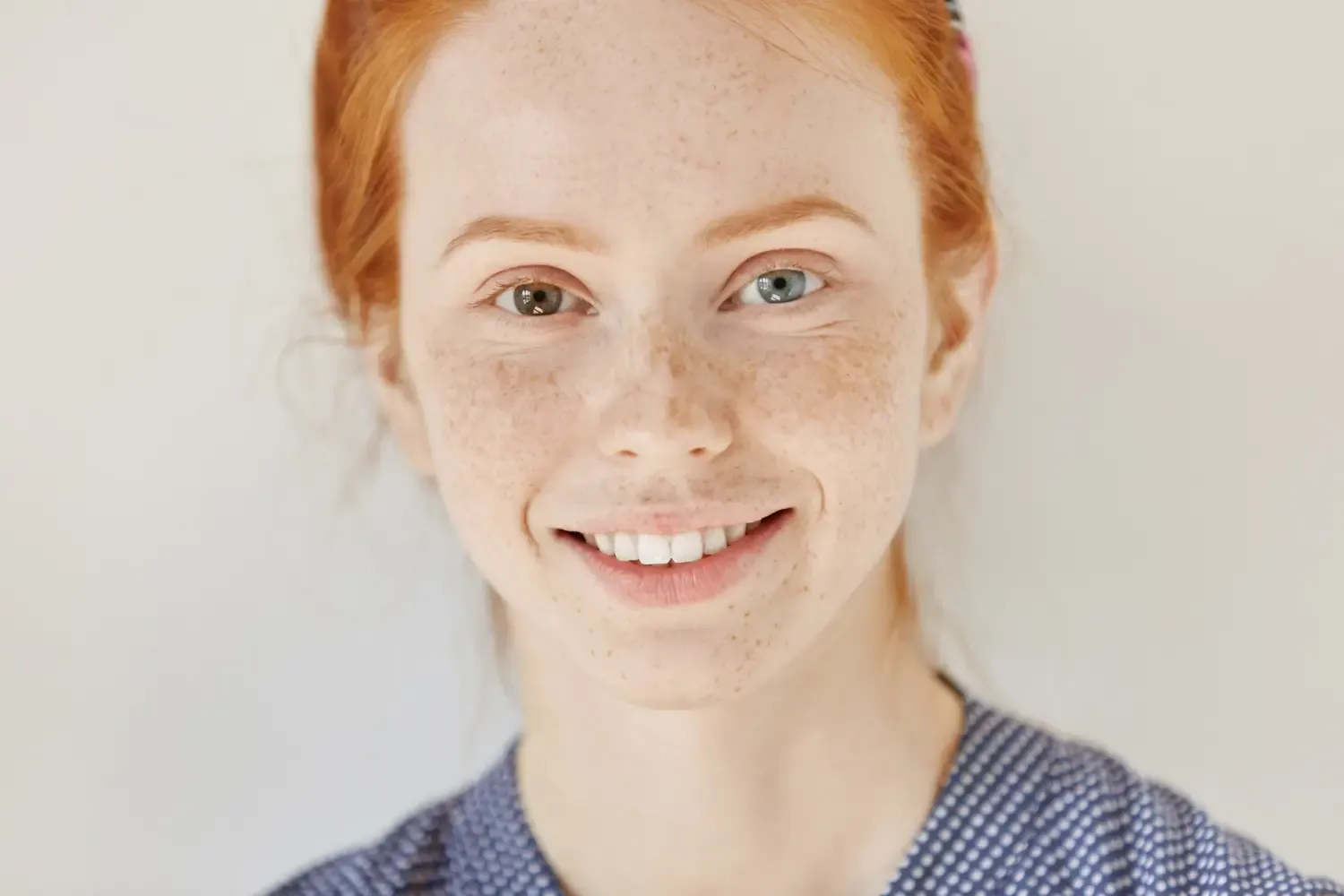
What Is Heterochromia?
Heterochromia refers to different colors of the iris. It may be two different coloured eyes or two colours in an eye. It is due to excessive melanin.
How Rare Is Heterochromia?
With a population ratio of less than 1%, heterochromia is not particularly common. Most people have it from birth; however, some people may get it later in life due to genetics or other conditions.
It is uncommon but not dangerous. Heterochromia is more noticeable in the media since it is a condition that certain well-known people, such as artists and actresses, have.
Central Heterochromia
It is the most common form. The inner ring around the pupil is a different color. The outer ring has another color. For example, a gold ring in a blue eye. Central heterochromia is rare, but it is the most common form of heterochromia.
Sectoral Heterochromia
Sectoral heterochromia is more unusual. A wedge or slice of the iris is a different color. It looks like a segment of the eye changed color. How rare is sectoral heterochromia? It is less common than the central form.
Partial or Complete Heterochromia
When only a portion of one eye is different, it is called partial heterochromia. If a person has complete heterochromia, their eyes are all completely different colors. For example, one brown eye and one blue eye. Perhaps the rarest and most striking form is this one.
Rare Beautiful Heterochromia
Some combinations are visually stunning. Rare, beautiful heterochromia results from unique pairings. Examples include one gray and one amber eye. Another is a blue eye with a large, rare amber sector. How rare are grey eyes with central heterochromia? This specific combination is very rare and beautiful.
Common Eye Colors vs. Rare Ones
While rare colors attract attention, most people have more common eye colors. These shades are dominant globally due to genetics and adaptation to sunlight. Understanding which colors are common helps us understand how exceptionally rare others really are.
What Eye Color Is Not Rare?
Brown eyes are the most common. What eye color is not rare? Brown is found in over 70% of the world. Blue is also globally common.
The 3 Most Common Eye Colors
The three most common eye colors are:
- Brown (The global majority).
- Blue (High concentration in Europe).
- Hazel (A common mixed color).
Beyond Rarity: Beauty, Attraction, and Perception
It is not only about genetics but also perception and attraction. Certain colors may be associated with beauty, mystery, or character by people. Although there are varied opinions, surveys and studies give a clear indication as to which eye colors are liked most and the reasons why.
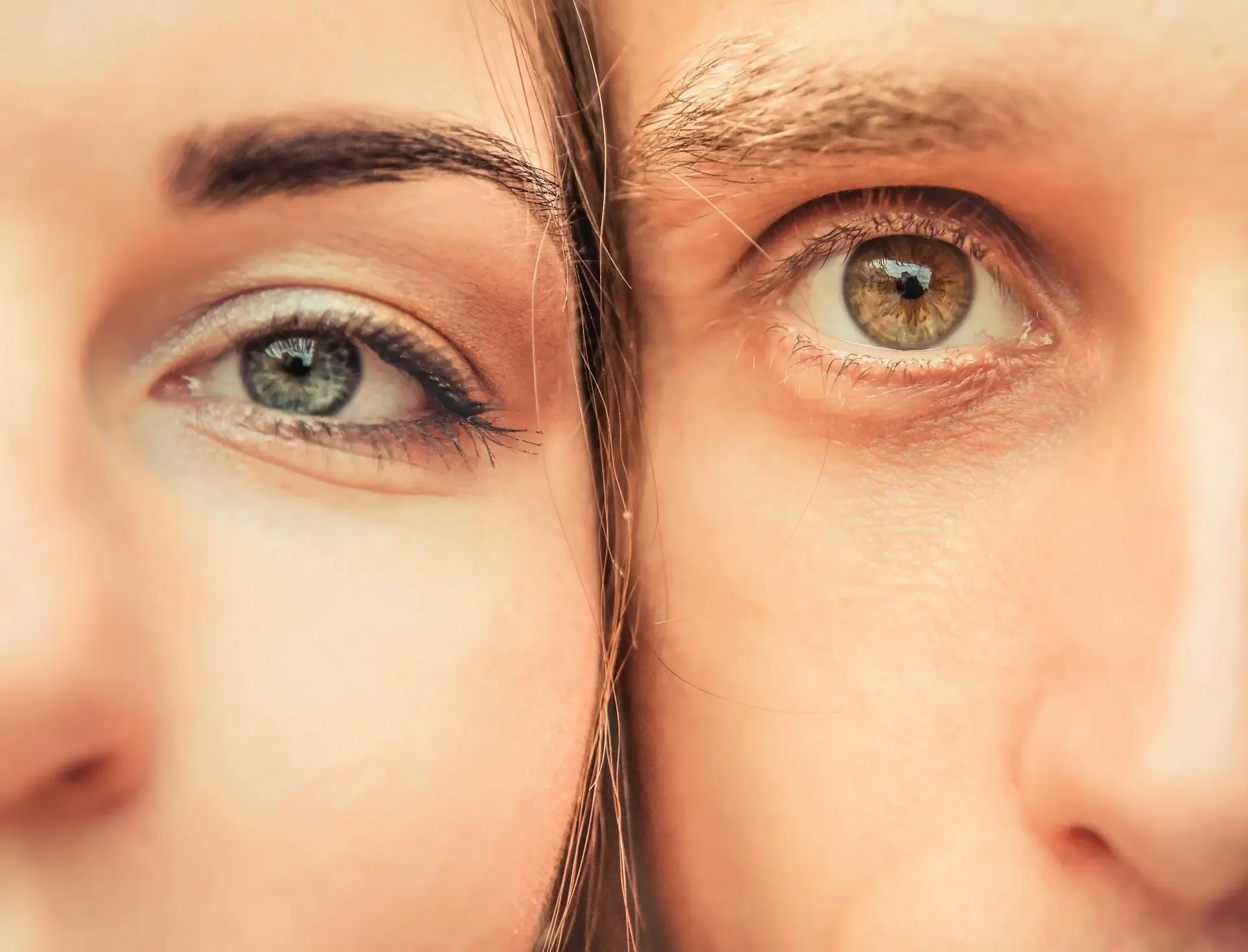
What is the Prettiest Eye Color?
Beauty is a matter of opinion, and green eyes tend to win the polls. Their brightness and rarity are distinguished. The clarity and depth are also valued in blue eyes. With their changing colors, Hazel eyes are usually complimented because of their warmth and variety.
Culture and region influence preferences. Darker eyes are regarded as more powerful and more intense in one part of the world, whereas the light colored eyes are regarded as more exotic in another part of the world.
Which Eye Color is the Most Loved?
Blue is also widely mentioned as the most preferred eye color all over the world. It is correlated with serenity, receptiveness, and faith. These perceptions are strengthened because the media and film industries have shown an appreciation for the blue-eyed or green-eyed.
However, brown eyes are also very comforting and expressive to many people. They are symbols of trust and richness. The fondness for some colors is usually related to familiarity and cultural symbolism.
What’s the Least Attractive Eye Color?
There is no unattractive eye color, although surveys may rank a very dark brown or very light gray as less desirable. This may be because of lighting or contrast rather than actual color. Preferences also vary greatly by culture, age, and region.
What Is the Healthiest Eye Color?
The healthiest color is Brown. Brown eyes have the most melanin. Melanin protects the inner eye. It shields against UV damage and sun glare. Lighter eyes are more sensitive to light.
The Origins and Evolution of Eye Colors
Eye color evolved over thousands of years due to migration, climate, and genetics. The eyes of the initial humans were probably dark brown. Lighter hues like blue and green resulted from genetic variances as populations migrated to areas with less sunlight.
What’s the Oldest Eye Color?
Brown is the oldest eye color. What’s the oldest eye color? All early humans had brown eyes. This was the original, highly pigmented state.
Genetic Evolution of Rare Eye Colors
Blue eyes are a recent mutation. The mutation happened about 6,000 to 10,000 years ago. It occurred in one person near the Black Sea. Green and gray eyes followed this evolution. They are a later result of gene mixing.
Eye Color Rarity Over Time
Modern genetics shows that global intermixing is changing eye color statistics. Rare shades are spreading into new populations through mixed ancestry. However, as dominant genes like brown remain strong, the overall rarity of amber, gray, and green eyes continues.
Modern Data and Charts
Recent research helps update how we understand global eye color distribution. Scientists now track eye color frequencies using digital imaging and genetic mapping. Here’s a quick overview of eye color data for 2025.
Updated Eye Color Rarity Chart (2025)
Modern data confirms the ranking. The updated eye color rarity chart (2025) still places violet/red as rarest. Gray remains under 1%. The general percentages are stable.
Eye Color | Global Percentage | Change Since 2000 |
Brown | 76% | Slight increase |
Blue | 9% | Slight decrease |
Hazel | 5% | Stable |
Green | 2% | Stable |
Gray | 1% | Slight increase |
Amber | 0.5% | Unchanged |
Violet / Red | <0.1% | Rare, stable |
This chart shows that brown eyes remain dominant, while gray eyes show a small increase because of genetic blending in Europe and Asia.
Regional Rarity Insights
Rarity is different by location. Blue eyes are common in Iceland. They are rare in China. Green eyes are common in Ireland. They are rare in Brazil. This shows genetics clustered regionally.
“Eye Color Rarity by Country” Snapshot
A “Eye Color Rarity by Country” snapshot shows these differences. It highlights pockets of high frequency. This is often where a specific gene mutation spreads widely.
FAQs About Eye Color Rarity
What is The Rarest Eye Color in The World?
Purple/red eyes, caused by albinism, are the rarest.
What is The Second Rarest Eye Color?
Gray eyes are often cited as the second rarest (around 1% globally).
What Eye Color is 1% Of The Population?
Gray eyes are approximately 1% of the population.
How Rare are Amber, Green, Blue, or Gray Eyes?
Amber is very rare (<2%), Green is rare (2%), Blue is common (8%−10%), and Gray is extremely rare (≈1%).
How Rare is Heterochromia?
Heterochromia (two different colored eyes) affects less than 1% of the population.
What’s The Most Common VS. the Rarest Eye Color Combination?
The most common is brown, and the rarest combination is complete heterochromia with a red/violet eye.
Can Eye Color Change Over Time?
Yes, infants’ eyes often darken, and in adults, color can change due to injury, illness, or certain medications.
